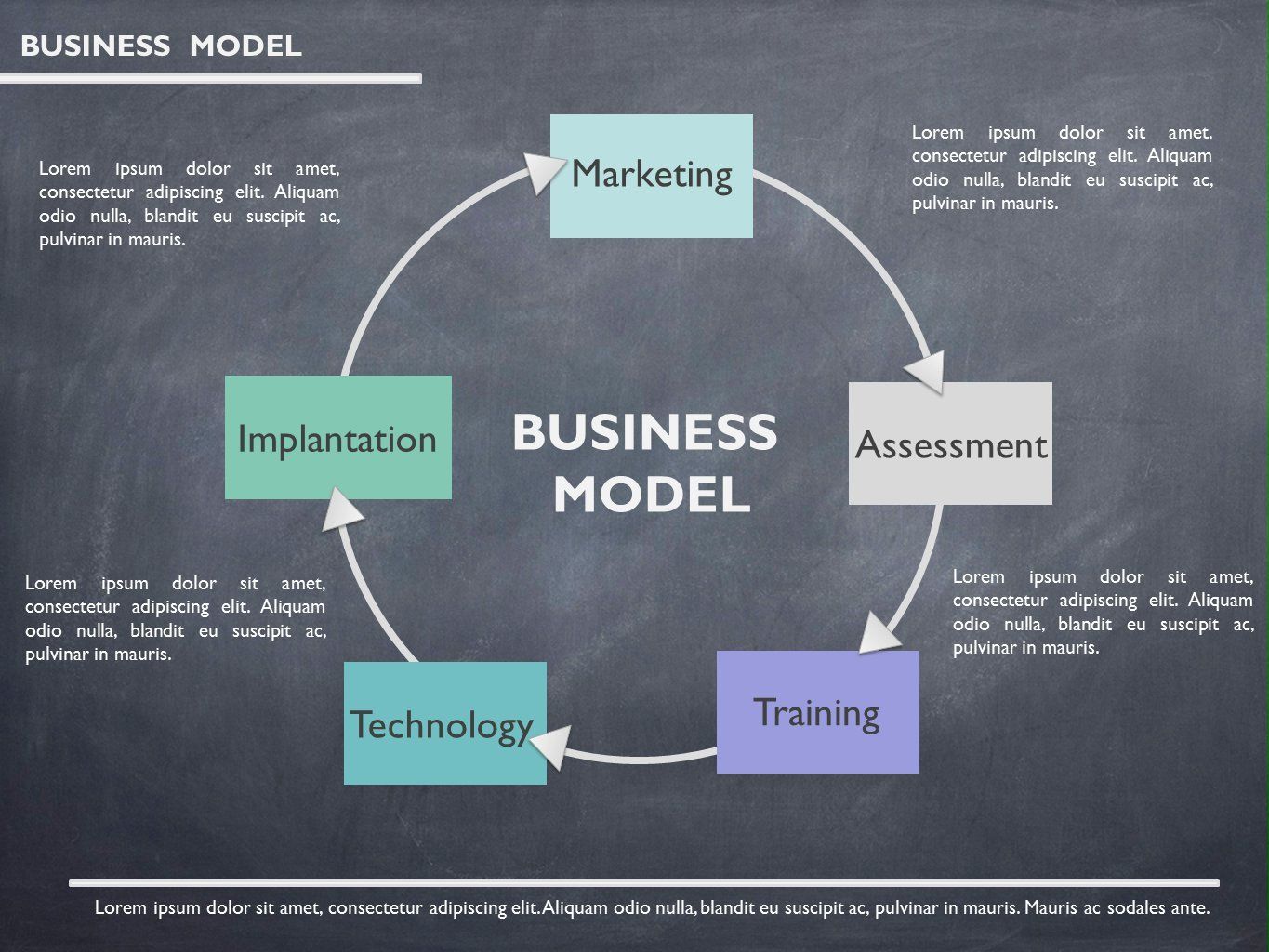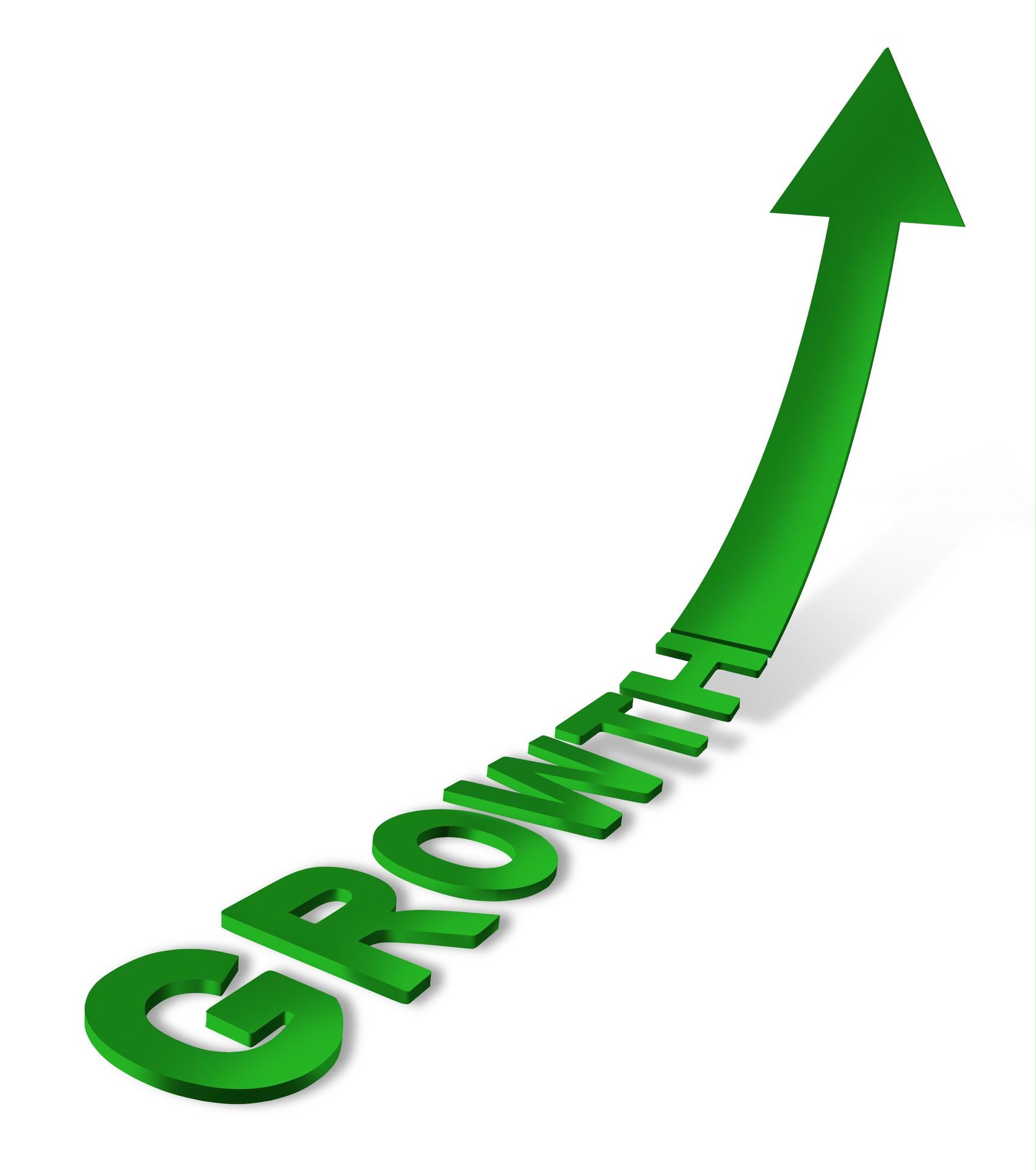Having spent a considerable amount of time navigating the choppy waters of the stock market, I’ve come to truly appreciate the intricate relationship between economic indicators and market movements. Each piece of data—from employment numbers to consumer confidence scores—plays a vital role in weaving a narrative about the economic landscape. It’s almost poetic how these figures can sway the markets and, consequently, influence our personal financial decisions.
In the early days of my investing journey, I often found myself fixated on stock prices alone, oblivious to the broader context surrounding economic indicators. But as time passed, I learned to delve deeper into vital reports like the unemployment rate and GDP growth. Gaining a solid understanding of these metrics transformed my investment approach, empowering me to make more informed decisions that aligned with the unfolding economic narrative. Keep learning about the topic by visiting this carefully selected external website. what is forex trading, unveil fresh viewpoints and supplementary details to enrich your input here understanding of the topic.
Employment Numbers: A Window into Economic Health
Among various indicators, the unemployment rate stands out as particularly revealing. A declining unemployment number typically signals a thriving economy, where businesses are flourishing, and consumers feel secure enough to spend freely. I vividly recall a moment when unemployment hit an all-time low; my optimism soared. My portfolio mirrored that positive energy, and I eagerly invested in companies poised to thrive in such an encouraging environment. Conversely, an uptick in unemployment can send market sentiments spiraling.
Having witnessed firsthand how employment figures act as a bellwether for market movements, I now pay close attention to these reports before making financial decisions. They not only help gauge our economic security but also influence how we respond in terms of spending and investments.
GDP Growth: The Pulse of the Economy
The Gross Domestic Product (GDP) serves as the economic pulse, providing insight into our production and consumption levels. Tracking quarterly growth can be exhilarating; when we experience robust growth, optimism tends to blossom, lifting stock prices higher. I fondly recall the thrill of hitting consecutive quarters of significant GDP growth—it felt as though the stock market was a rocket soaring on a wave of positive economic news.
However, it’s crucial to recognize that not all GDP growth is created equal. Rapid economic expansion often invites the unwelcome specter of inflation, prompting the Federal Reserve to step in and rein things back. This delicate balancing act has taught me to approach markets with a nuanced perspective, understanding that while rising numbers are generally beneficial, the underlying factors driving growth matter just as much.
Consumer Confidence: The Emotional Gauge
While figures like unemployment and GDP deliver the hard facts, consumer confidence speaks to our emotions. This indicator encapsulates how optimistic individuals feel about the economy, and this sentiment can profoundly impact spending behavior. I’ve observed investors becoming either overly cautious or unreasonably eager based solely on this emotional barometer. A sharp decline in consumer confidence can lead to market pullbacks, as people tighten their wallets and businesses brace for lower sales.
For me, tracking consumer confidence reports has reshaped my analysis of market trends. It’s fascinating to see how the emotional state of consumers can translate into tangible movements on Wall Street. I’ve learned to regard these reports not just as mere statistics but as reflections of our collective feelings about our economic circumstances.
Inflation: The Price of Progress
Inflation often garners negative connotations, yet it remains a crucial economic indicator. A moderate inflation rate typically signifies a growing economy, leading to wage increases and a boost in consumer spending. However, uncontrolled inflation can wreak havoc on markets and diminish our purchasing power. I recall the heated debates surrounding inflation rates a couple of years ago—those fluctuating numbers kept investors on high alert.
When inflation figures are released, investors must tread carefully. These numbers paint a clear picture of the economy’s health and offer clues about forthcoming Federal Reserve actions, which can drastically alter market trajectories. This understanding has prompted me to become more diligent in studying market response patterns related to inflation data.
Final Thoughts on Economic Indicators
Throughout my journey as an investor, grasping the significance of economic indicators has profoundly influenced my interactions with the market. These figures tell compelling stories—stories that highlight opportunity or warn of potential pitfalls. Connecting the dots between economic indicators and market movements not only refines my investment strategies but also enriches my overall understanding of the economic landscape. Find extra information on the subject in this external resource we suggest. Online trading, keep learning!
I’ve realized that markets reflect the collective sentiment shaped by these indicators. Investing transcends mere observation of stock fluctuations; it’s about interpreting the ongoing dialogue between data points and financial trends. Every investor stands to gain by looking beyond the sheer numbers and embracing the stories they tell.









































































































































































































































































































































































































































































































































